How to Manage your leads effectively is critical to growing and succeeding in today’s competitive business world. “Managing Your Leads: A Comprehensive Guide” will show you how to handle your leads—from the first contact to making them loyal customers.
This guide is for businesses of all sizes. Whether a small startup or a large company, you’ll find helpful tips and strategies. Learn how to use tools like CRM systems, automate your follow-ups, create targeted marketing campaigns, and analyze lead data to improve your sales process and marketing strategy.
We’ll cover the best practices, common mistakes to avoid, and new ways to manage leads and implement effective social media marketing. Following the advice in this guide can turn potential customers into real ones and help your business thrive while reducing the need for manual data entry.
Lead Management System
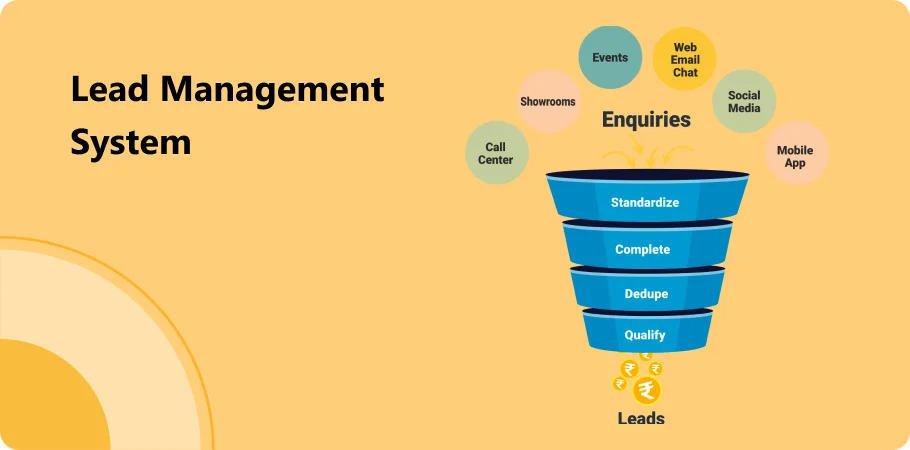
Lead management is capturing, tracking, nurturing, lead generation and converting leads into paying customers. It involves a systematic approach to managing leads throughout the sales cycle, from 1st phase of contact to final conversion. A well-defined lead management process ensures no lead falls and every opportunity is maximized to its full potential. It automatically assign leads. Businesses can improve their sales efficiency and drive revenue growth by implementing effective lead management strategies.
Moreover, it helps build strong relationships with qualified leads, increasing customer loyalty and retention. The sales team plays a crucial role in lead management. They are responsible for engaging with leads, qualifying them, and guiding them through the sales demo pipeline. By focusing their efforts on high-potential leads and providing personalized attention, marketing and sales teams can increase conversion rates and drive revenue growth.
Effective Lead Management Process
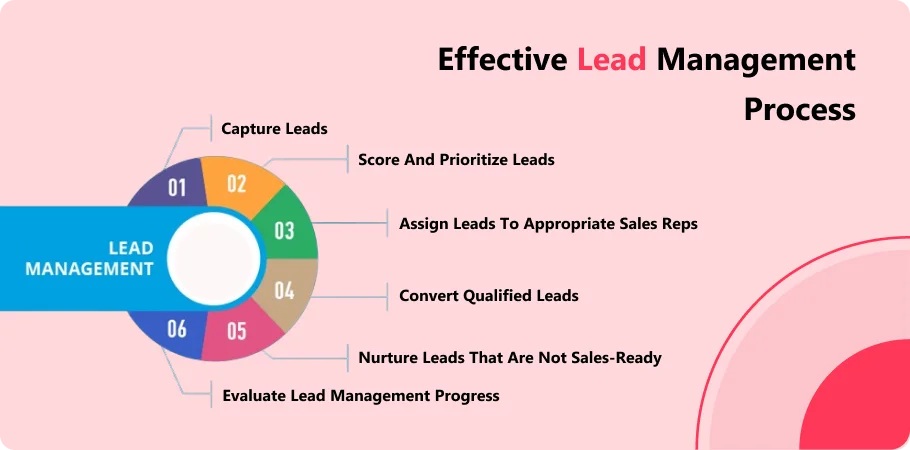
To effectively manage your leads, it’s essential to have a structured lead management process in place. This process should include:
- Lead Collection: Gather leads from various sources, including website inquiries, social media, email campaigns, and events.
- Lead Scoring: Allocate scores to leads based on their level of interest, engagement, and fit with your target audience.
- Lead Nurturing: Develop personalized nurture campaigns to keep leads engaged. It makes sure to move them through the sales funnel.
- Sales Pipeline Management: Track leads as they progress through the pipeline, ensuring they receive timely follow-ups and attention.
- Lead Data Management: Maintain accurate and up-to-date lead data, including contact information, interactions, and preferences.
- Automated Lead Assignment: Automatically allocate leads to the appropriate sales representatives based on their predefined criteria, such as territory or expertise.
Lead Management Tools
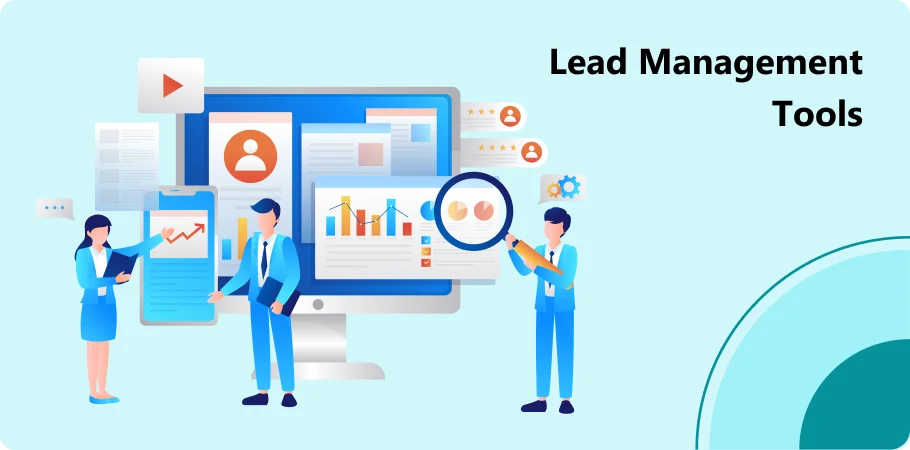
Investing in a robust lead management software can streamline your lead management efforts and improve overall efficiency. These tools offer features like lead tracking, lead scoring, automated lead assignment, and insightful reporting dashboards, providing your sales team with the lead management system they need to succeed.
Lead management tools can automate routine tasks, such as sending follow-up emails and scheduling reminders, and save time for your sales team to focus on more strategic activities. It also minimize errors during the process. They also provide valuable insights through data analytics, helping you understand your leads better and tailor your approach to meet their needs.
Integrating lead management tools into your workflow can improve communication with potential customers, enhance team collaboration, and increase conversion rates. These tools make the process of lead management more efficient and provide a more personalized and responsive customer experience.
Best Practices for Effective Lead Management
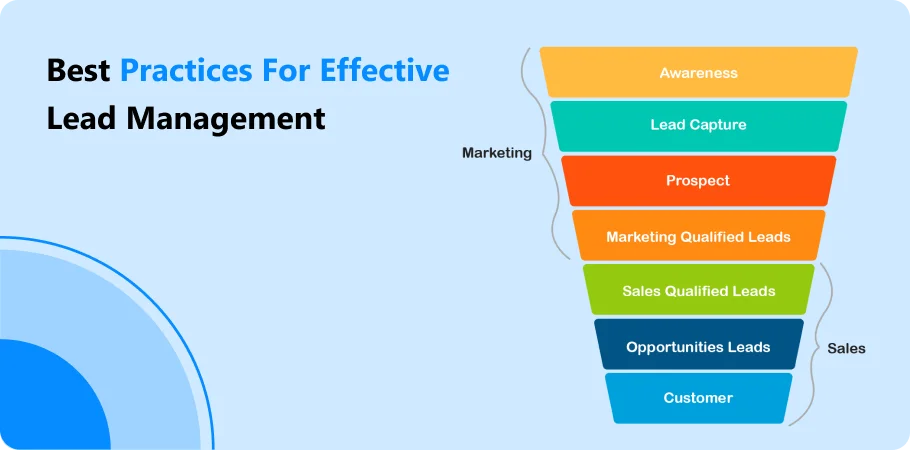
- Regularly Review and Update Your Lead Management Process: As your business evolves and grows, revisit your lead management process regularly to ensure it remains effective and aligned with your goals.
- Collaborate Between Sales and Marketing Teams: Enhance collaboration between sales and marketing teams to ensure a smooth transition from lead generation to conversion.
- Focus on Quality Over Quantity: Prioritize quality leads over quantity, as not all leads are equal. Invest your time and resources in leads with the highest potential for conversion.
- Provide Timely Follow-Ups: Promptly follow up with leads to keep them interested in your products or services.
- Personalize Your Communication: Customize your communication to each lead’s specific needs and preferences, providing relevant messages that resonate with their interests.
- Monitor and Measure Your Results: Continuously monitor your lead management efforts to identify areas for improvement and optimize your strategies for better results.
Sales Strategies for Lead Conversion

Converting leads into paying customers is the aim of any sales process. Here are some effective strategies to help your sales team achieve higher conversion rates:
Research and Segment Leads:
- Sales Team Involvement: Engaging the team in the research process ensures that insights gained are aligned with sales strategies.
- Sales Cycle Consideration: Understanding where leads are in the sales cycle helps tailor interactions appropriately.
- Collaboration with Marketing Teams: Collaborating with the marketing team ensures a comprehensive understanding of lead data and enhances segmentation accuracy.
Create Detailed Buyer Personas:
- Sales Team Alignment: Ensuring buyer personas are shared and understood across teams facilitates targeted communication.
- Integration with Sales Process: Incorporating buyer personas into the sales process helps teams address specific pain points and preferences.
- Utilization in Sales Pipeline: Integrating buyer personas into the pipeline ensures that teams focus on leads with the highest potential.
Tailored Communication:
- Sales Team Training: Providing sales teams with training on personalized communication techniques enhances their ability to connect with leads.
- Integration into Sales Process: Embedding personalized communication into the sales process ensures consistency across marketing and sales teams.
- Adaptation to Sales Funnel: Tailoring communication to the position in the sales funnel maximizes its effectiveness in nurturing leads.
Customized Solutions:
- Sales Team Collaboration: Collaborating with the sales service team ensures that the solutions presented address specific lead requirements.
- Integration into Sales Pipeline: Incorporating customized solutions into the sales pipeline ensures seamless lead delivery.
- Feedback Loop with Sales Reps: Establishing a feedback loop with sales reps enables continuous improvement of personalized solutions based on lead interactions, including during the sales demo.
Book a CrmOne Demo
Experience the CrmOne simplicity and power. Our experts will show you the best ways to use it and answer your questions in real time. See how CRMOne fits your needs.
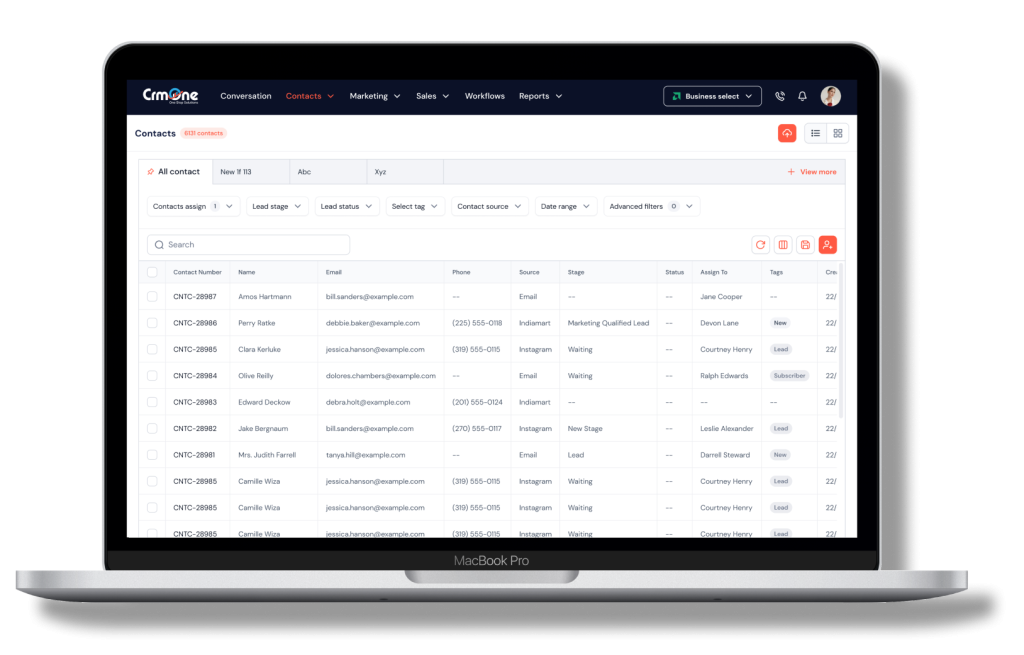
Lead Management Strategy

A well-defined lead management strategy is fundamental to effectively guiding the lead through the sales funnel. This strategy encompasses lead scoring, lead nurturing, and lead qualification processes to ensure that leads receive the proper attention at the right time. Lead scoring assigns numerical values to leads based on demographics, behavior, and engagement level, enabling sales teams to prioritize follow-up actions and allocate resources efficiently.
Define Your Ideal Customer Profile (ICP):
Start by identifying the features of your ideal customer, including demographics, industry, company size, and pain points. It will help target your efforts towards prospects likely to convert into paying customers. Effective lead management involves:
- It is understanding the needs and behaviors of your sales leads.
- I am nurturing them through the sales cycle.
- We are guiding them along the sales pipeline.
Implementing a robust lead management best practices, utilizing sales pipeline software, and empowering your service teams with the right tools and training can optimize lead generation efforts and improve conversion rates.
Implement Lead Capture Mechanisms:
Utilize channels like your website, social media, email campaigns, and events to capture leads. Implement lead capture forms, landing pages, and call-to-action buttons strategically across these channels to encourage lead engagement. You can collect information about potential customers and their interests by capturing leads through these channels. Once captured, these lead-based insights can inform your marketing and sales strategies, allowing you to focus on the most promising leads. Assigning leads to the appropriate sales representatives ensures that each potential lead receives personalized attention and follow-up, maximizing the chances of conversion. Additionally, consistently collecting leads from diverse sources helps broaden your pool of potential clients and strengthens your overall lead-generation efforts.
Utilize a CRM System:
Execute a CRM customer relationship management system (CRM) to centralize lead data and streamline lead management processes. A CRM allows you to track interactions, manage lead status, and prioritize follow-ups effectively.
Lead Scoring and Qualification:
Develop a scoring system for leads to prioritize leads based on their likelihood to convert. Allocate scores to leads based on factors such as engagement level, demographics, and fit with your ICP. Qualify leads based on predefined criteria to focus resources on high-potential prospects.
Segmentation and Personalization:
Bifurcate your leads into different categories based on factors such as industry, interests, or buying stage. Tailor your communication and marketing messages to each segment to deliver personalized experiences and nurture leads.
Lead Nurturing Campaigns:
Develop lead nurturing campaigns to engage leads at different stages of the buying journey. Utilize a mix of educational content, personalized emails, and targeted offers to provide value and build trust with your leads over time. A robust lead management best practices ensures that leads are correctly categorized, tracked, and nurtured throughout their journey. Utilize a lead management system to streamline the process and effectively manage interactions with leads. By nurturing qualified leads, businesses can increase conversion rates and drive revenue growth.
Sales and Marketing Alignment:
Foster collaboration and alignment between your service teams to ensure seamless lead handoffs and consistent messaging. Define transparent processes for lead qualification, follow-up, and feedback to facilitate smooth transitions between marketing and sales activities. Encourage open communication channels between sales reps and marketing teams to exchange insights on sales-ready leads and optimize sales calls. Establish a shared understanding of target demographics to prioritize sales leads and align sales team focus with strategic goals.
Continuous Monitoring and Optimization:
Monitor metrics such as lead conversion rates, lead velocity, and sales performance regularly. Analyze data to identify areas for improvement and optimize your lead management best practices accordingly. Experiment with new techniques and social channels to stay ahead of customer needs and market trends.
Customer Feedback and Iteration:
Analyze feedback from your sales team and customers to gather insights into the effectiveness of your lead management best practices. Use feedback to refine your approach, address pain points, and enhance the overall customer experience in lead management.
Training and Development:
Provide ongoing training and development opportunities for your teams to ensure they have the desired skills and knowledge to execute your strategy effectively and manage your leads. Invest in tools and resources that support lead management best practices and empower your teams to succeed.
The Importance of Lead Data

Effective lead management relies on accurate, up-to-date lead data to make informative decisions and gain meaningful interactions. Lead data encompasses information such as contact details, demographics, purchase history, and interaction history. By maintaining clean and organized lead data, organizations can understand their target audience, customize their marketing efforts, and deliver personalized experiences related to prospects.
Insight into Customer Behavior:
Lead data provides valuable insights into customer behavior, preferences, and pain points. By analyzing this data, businesses can understand the needs of their target audience, allowing them to customize their marketing messages and offerings accordingly.
Personalized Communication:
With access to lead data, businesses can personalize their communication with prospects, delivering relevant and timely messages that resonate with their interests and preferences. Personalization enhances engagement and builds strong relationships with potential customers.
Lead Segmentation and Targeting:
Lead data allows businesses to segment their leads based on various factors, such as demographics, firmographics, behavior, and purchase history. Segmentation of leads enables more targeted and effective marketing campaigns and ensures messages reach the right audience with the right content.
Lead Scoring and Prioritization:
Lead data facilitates lead scoring, assigning values to leads based on their characteristics and behavior. This assists in ranking leads according to their chances of converting, enabling sales teams to concentrate on those with the most significant potential, thereby increasing efficiency and productivity.
Improving Sales and Marketing Alignment:
Lead data fosters alignment between sales and marketing teams by providing a common understanding of the customer journey. Shared access to lead data ensures that both teams work towards the same goals and enables seamless collaboration in lead nurturing and conversion efforts.
Enhanced Customer Experience:
By leveraging lead data of lead management, businesses can deliver a more personalized and seamless customer experience. Understanding a lead’s preferences and past interactions allows businesses to predict their needs and provide relevant solutions, ultimately enhancing customer satisfaction and loyalty.
Data-Driven Decision Making:
Lead data empowers businesses to make informed, data-driven decisions about their marketing and sales strategies. By analyzing trends and patterns in lead data, businesses can identify the areas for improvement in the lead management process. It also helps in optimization, which helps allocate resources more effectively.
Measuring and Improving Performance:
Lead data provides valuable metrics for measuring the performance of marketing and sales activities. By tracking key performance indicators(KPI), such as lead conversion rates, lead velocity(LV), and customer lifetime value(CLI), businesses can assess the effectiveness of their strategies and make adjustments as needed to drive better results.
Conclusion
In conclusion, managing your leads effectively is essential for driving business growth and maximizing revenue potential. By implementing a structured lead management process, leveraging the power of buyer personas and lead scoring, and nurturing leads through targeted campaigns, most businesses can increase conversion rates, improve customer engagement, and achieve sustainable success in today’s competitive marketplace. Effective lead management is critical for organizations looking to drive growth and achieve their sales objectives. Companies or Firms can maximize their efficiency and effectiveness in converting leads into customers by implementing a structured lead management process, leveraging the power of the right software, and prioritizing lead nurturing and scoring. Organizations can stay on top of the competition by continuously refining their strategies, adapting to evolving market trends, and achieving sustainable success as they grow.
Get started for Free
Start for free today. Boost your sales by clicking the Get Started button. With CRMOne, you can manage leads, sales, and customer service all in one place.

